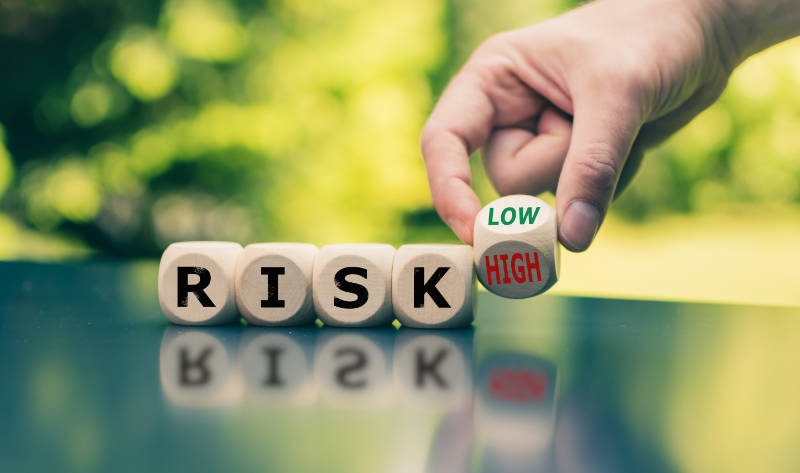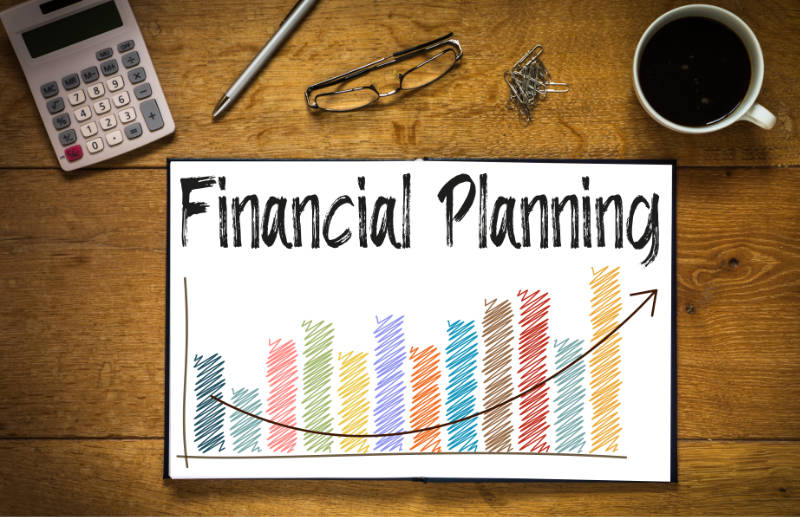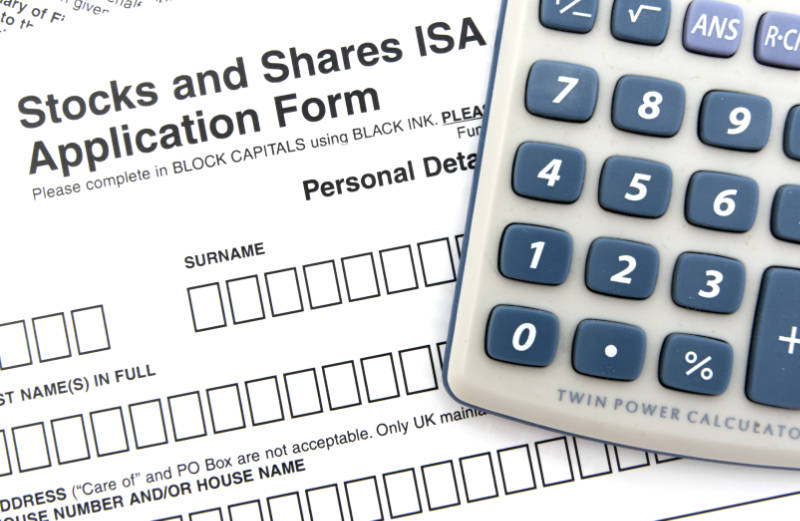Deciding the best way to invest money can be difficult. Get it right and your investment works hard to provide for your future – whether that’s buying a home, saving for grandchildren, providing an income in retirement or any other financial goal. It’s worth being aware of the difference between investing versus saving when looking to grow your money.
Read the Wise Living guide to how much you need to save for retirement.
Investing versus saving – long term performance
Many people experience savings from an early age, which means if you’ve a lump sum of money you may be tempted to simply tuck it away in a high-street savings account. Yet with current interest rates at record lows, a savings account offers less potential for growth.
Stash your cash in a savings account and you can expect a return of around 1%. That’s less than the 1.5% rate of inflation in November 2019. If the interest rate remains below the inflation rate, then over time the value of your savings would fall in real terms.
In contrast, the return on investing in stocks and shares over the long term can be attractive. The FTSE 100, for example, saw an 11.9% growth in 2017 – outpacing even the best high-street savings accounts.

If you had invested £10,000 in the MSCI World Index at the start of 2007, your investment would be worth over £20,000 by the end of August 2018. If you had put the same amount in a savings account, paying interest at the Bank of England base rate, it would be worth just under £11,700.
Investing versus saving – risk versus reward
When it comes to the best way to invest your money, a large part of the decision comes down to risk versus reward.
Putting money in a savings account is considered lower risk than investing. When you decide to close your account, you’ll get back the amount you put in, along with any interest earned. If the savings bank itself was to collapse, up to £85,000 of your money is protected under the Financial Services Compensation Scheme.
If you need to withdraw your savings in the next three years, keeping it in cash savings is a good idea to ensure you don’t get back less than you paid in.
In contrast, investing in stocks and shares offers a higher potential return but puts your capital at risk. With investing you may not get back the money you put in, especially in the short term, and ideally you should consider keeping your money invested for five or more years.

Some investments are considered particularly high risk, such as shares in small companies and emerging markets. Their value is likely to be volatile, rising or falling in a short period, which means the risk and potential reward are both high.
If you aren’t prepared to accept this level of risk, a portfolio of investments that includes some equities (another name for stocks and shares) along with a higher proportion of corporate and government bonds may be more suitable. While equities may sometimes fall in value, the bonds are less likely to, so your losses are mitigated.
Investors are also looking at the environmental, social and governance credentials of investments, either as investment funds or as individual investors. Services such as obtaining an esg report can help with assessing investment credentials.
Read the Wise Living guide on how to invest a lump sum of money.
What’s the best way to invest in stocks and shares?
There are a variety of ways to invest in stocks and shares. You can buy stocks and shares yourself or pool your money in an investment portfolio fund that’s managed by an expert.
Direct investing
One option is to buy and sell shares yourself. You can do this over the phone with a stockbroker or open an online share dealing account.
You’ll need to be comfortable making your own investment decisions, without the advice of an expert. Direct investing is suited to experienced investors who are comfortable creating a diverse portfolio of investments to help spread risk. A lack of diversity in your portfolio can expose your money to greater risk.
Fees can add up, too, depending on the amount of share dealing you carry out. Expect to pay a monthly account fee, trading fees (usually £10 – £25 per trade) and stamp duty of 0.5% when buying shares. Some platforms charge an inactivity fee if you don’t trade.
Online investment services
If you’re not confident creating your own portfolio and want a level of advice when it comes to managing your risk, some online services can provide this.
Many online investment services give ‘simplified advice’, according to the Financial Conduct Authority’s classification, meaning they don’t advise you on your existing financial products or assess your overall financial situation. You’ll decide how much you want to invest, and they’ll create and manage your portfolio. Charges depend on the provider, but expect monthly fees of between 0.3-0.7%.
Independent Financial Advisor (IFA)

An IFA is an advisor who offers whole-of-market advice and is able to tailor your investments to suit your needs. Good IFAs will assess your financial situation and long-term goals, creating an investment plan that may include a range of financial products. They can also invest on your behalf. As IFAs offer a 1-2-1 service, fees tend to be higher than the other two options.
Read the Wise Living guide to finding the best IFA for you.
What’s the most tax-efficient way to invest in stocks and shares?
When considering what’s the best way to invest money, make sure to use your annual tax-free ISA allowance. You can invest up to £20,000 in a stocks and shares ISA in each tax year. Any profit you make is free from income tax, dividends tax and capital gains tax as long as you keep it in the ISA.

Used up your £20,000 ISA allowance for the year? Combine a stocks and shares ISA with a general investment account (GIA), so that you’re only paying tax on your investments over this amount.
The information contained in this article does not constitute advice and the information referred to may not be the same for all. You should always seek professional guidance from your independent advisor before taking any action.
This article may include affiliate links to products and services where we may receive a small fee to support the running of this site if you make a purchase or is a sponsored article from one of our select editorial partners providing valuable advice and information to our readers.































































